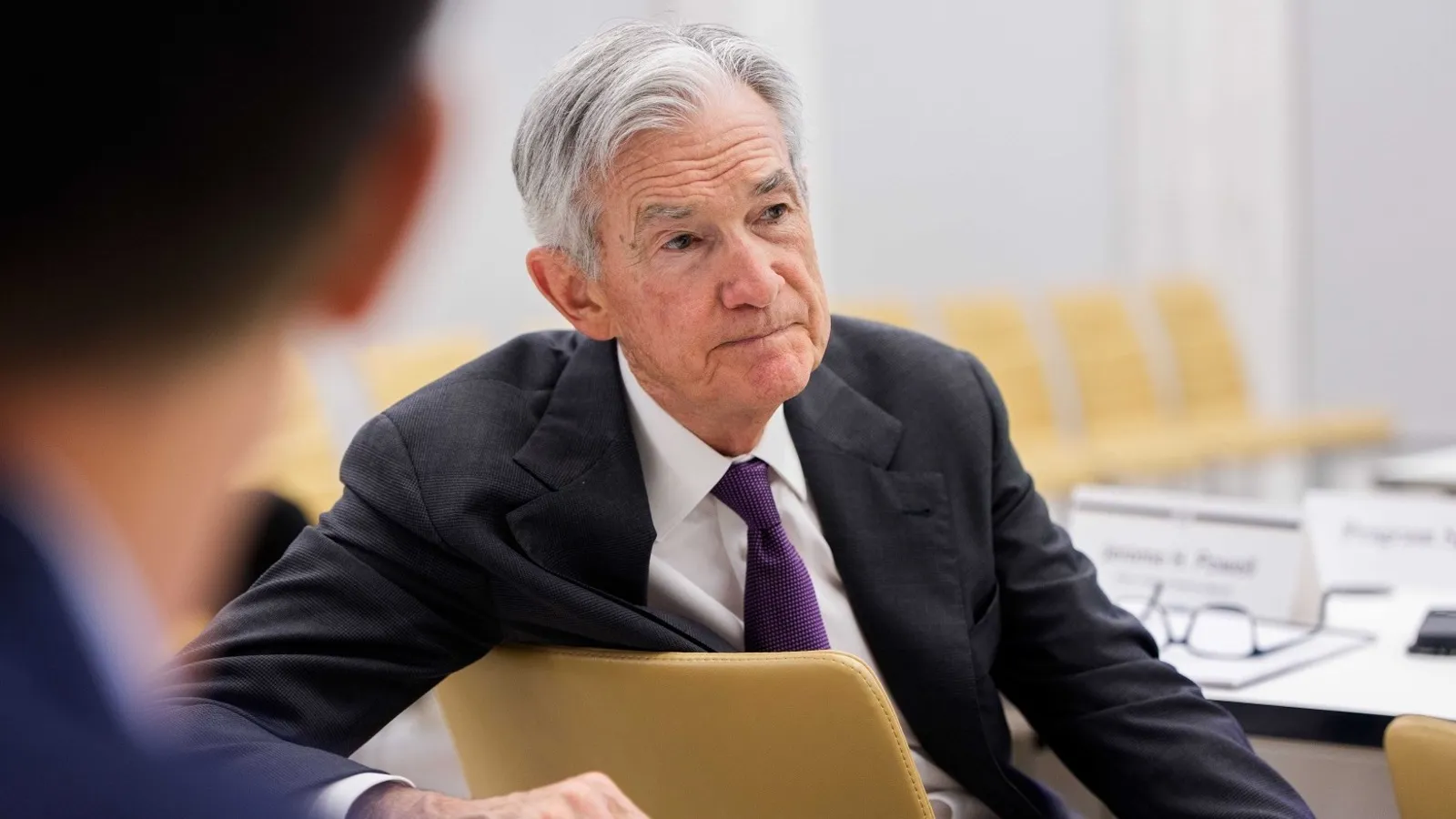Federal Reserve Chair Jerome Powell signaled Tuesday that the central bank is on course to deliver another quarter-point interest rate cut later this month even as the ongoing government shutdown limits access to key economic data.
Speaking at the National Association for Business Economics annual meeting, Powell said the overall economic picture hasn’t changed much since the Fed’s September meeting, when policymakers reduced rates and projected two more cuts before year-end.
“A rate cut in October is essentially locked in,” said Julia Coronado, founder of MacroPolicy Perspectives and a former Fed economist. “There’s still a clear downside risk to the labor market, and nothing has shifted that outlook.”
Powell highlighted the slow pace of hiring and warned that job growth may weaken further. “We’re at a point where additional declines in job openings could soon translate into higher unemployment,” he said during a Q&A following his remarks. “We’ve seen a remarkable improvement in labor conditions, but I think we’re nearing the stage where unemployment may begin to rise.”
Following Powell’s comments, market expectations for an October rate cut held steady. Federal funds futures show investors are almost unanimously betting on another reduction later this month.
The Fed’s September rate cut its first since December came after a noticeable summer slowdown in hiring. Despite that, the unemployment rate has remained historically low, inching up to 4.3% in August. The Labor Department postponed the release of September’s jobs report due to the government shutdown but confirmed it will still publish the consumer price index later this month after recalling key staff.
“The risks tied to employment are increasing,” said Yelena Shulyatyeva, senior U.S. economist at the Conference Board, speaking on the sidelines of the NABE event. “That growing concern about the labor market is likely to drive the Fed’s next move.”
The next Fed policy meeting is set for October 28–29. In September, the median forecast from the central bank’s 19 policymakers suggested two more cuts this year. However, nearly half nine officials believed one or no additional cuts would be sufficient, highlighting divisions within the committee.
That split has made Powell more cautious about the outlook for 2026, according to Diane Swonk, chief economist at KPMG. “Those mixed signals show the Fed doesn’t have a clear long-term roadmap,” she said.
The government shutdown is further complicating the Fed’s decision-making process by disrupting the flow of official data a key input for monetary policy. Without timely information, the risk of policy missteps increases.
This data gap comes at a challenging moment for the central bank, which is juggling its dual mandate of price stability and maximum employment. Inflation continues to hover above the Fed’s 2% target, while the labor market shows signs of cooling putting policymakers in a delicate balancing act.
Powell noted that the Fed is increasingly relying on private-sector data to monitor economic conditions but emphasized that such sources can’t replace official government statistics, which he described as the “gold standard.”
“We don’t expect to be able to fully substitute for the missing data,” he said. “We’ll start to feel that absence especially for October’s numbers. If the shutdown drags on, the lack of collection could make it harder to gauge the economy’s true momentum.”
In a notable shift, Powell also indicated that the Fed may soon end its balance sheet reduction program a process known as quantitative tightening to maintain sufficient liquidity in short-term funding markets.
Since 2022, the Fed has been gradually shrinking its balance sheet by allowing bonds to roll off each month, reversing the massive asset purchases made during the pandemic to support the economy. Pausing that process could help stabilize market liquidity as the central bank simultaneously eases interest rates.
For investors, Powell’s latest comments reinforce expectations of continued policy support in the near term. While inflation remains sticky, the Fed appears increasingly focused on shielding the labor market from further deterioration even if that means navigating with less-than-perfect visibility into the state of the economy.
As the October meeting approaches, all eyes will be on how the Fed balances those competing pressures and whether policymakers can maintain market confidence while steering through an uncertain data landscape.

Subscribe to our newsletter!
As a leading independent research provider, TradeAlgo keeps you connected from anywhere.








